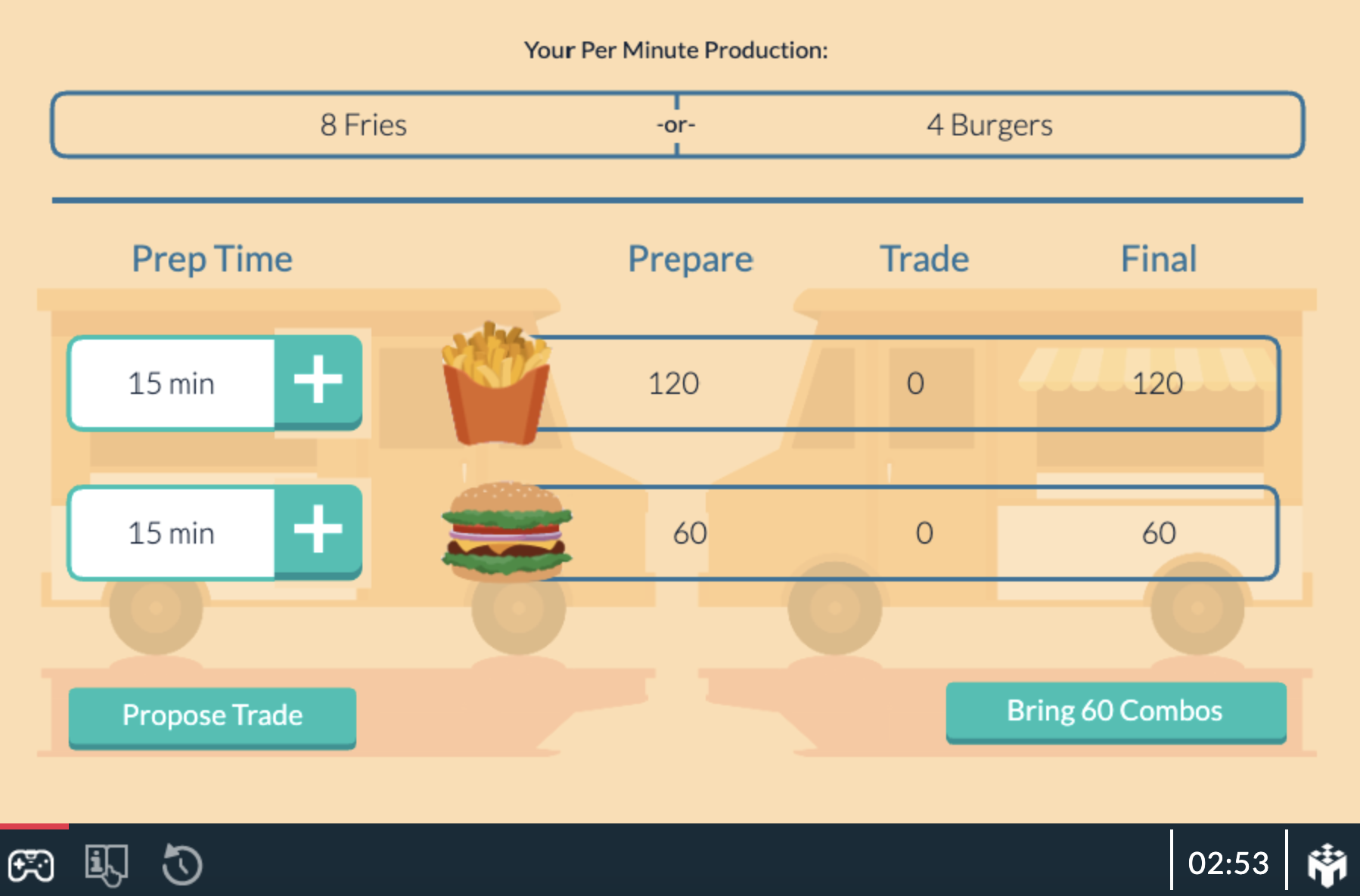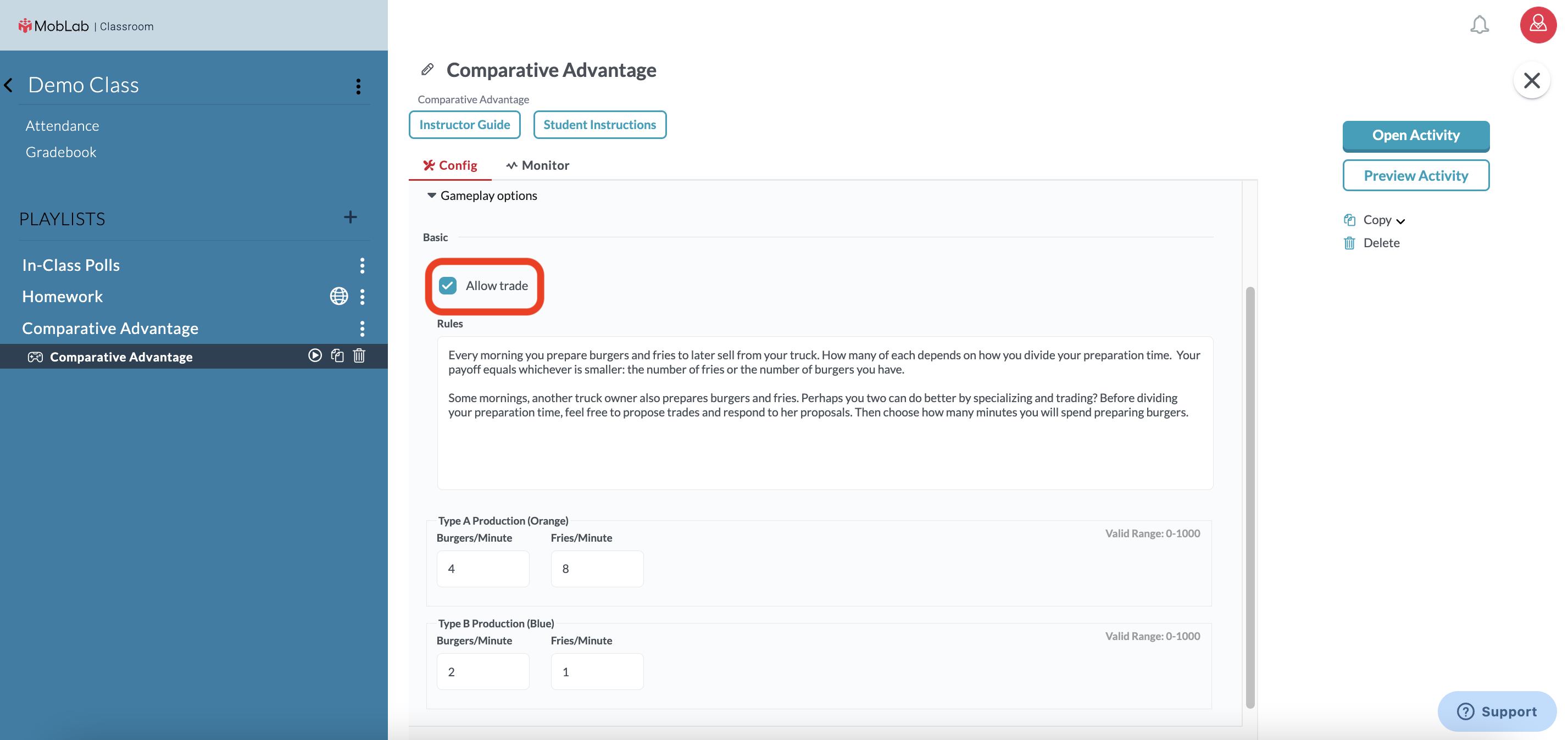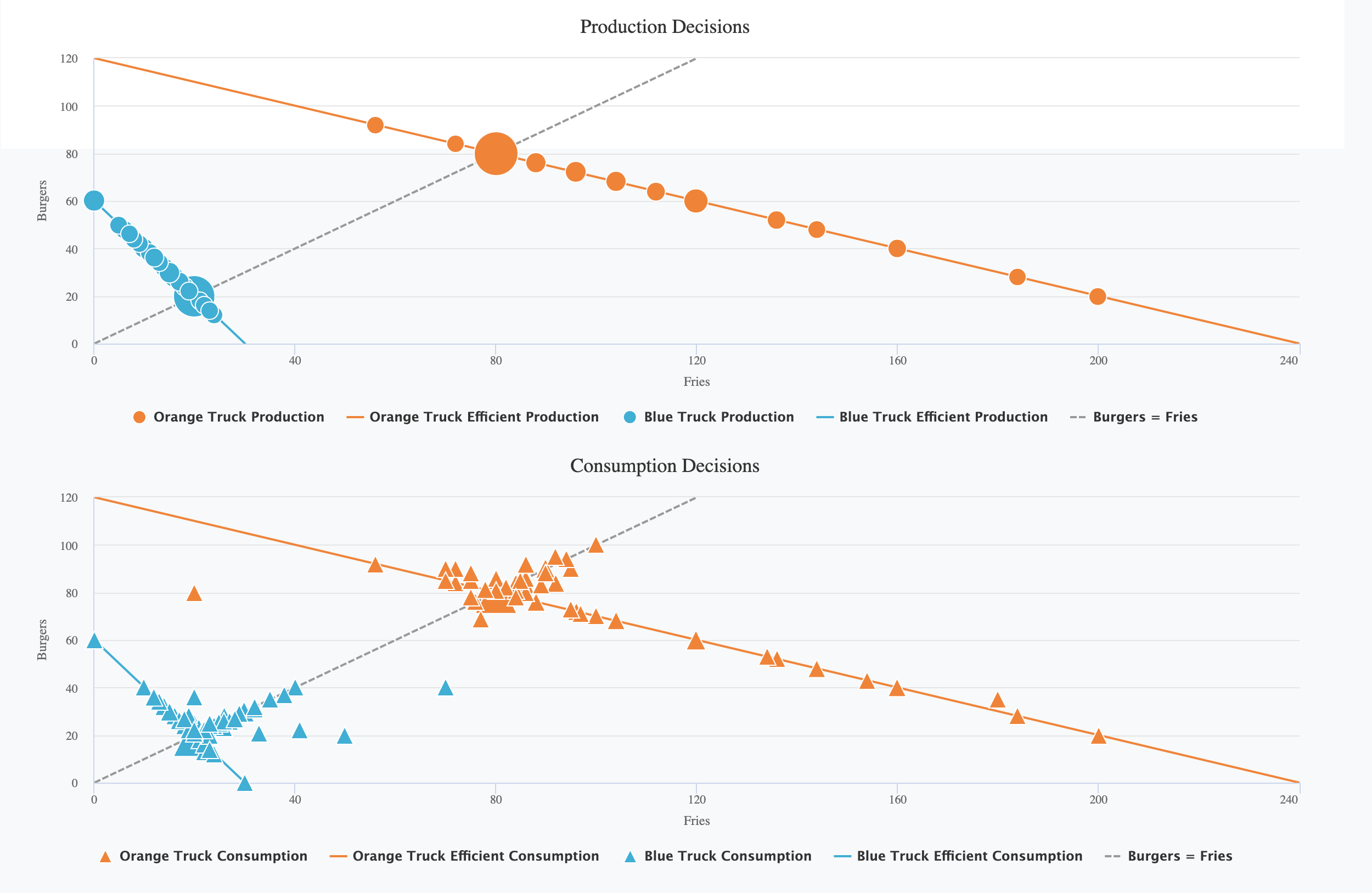I am a coffee enthusiast. I mean, what’s better than a sweet and creamy cold brew on a summer’s day? My love for coffee, however, is not always great for my wallet since I often frequent coffee shops to indulge my craving. On a given morning, I make the decision between going out for my coffee or staying home and making an iced coffee myself. Which is the better option in terms of cost? What do I lose out on if I choose one decision over the other? This is where the concept of opportunity cost enters the equation.
Let’s say I decide to go out for coffee only on Friday’s. My drink costs $5 every time. With this decision, I forego any alternative options I could have pursued with that same $5. I could have saved the money and made coffee at home or I could have spent the money in another manner, like buying a scone at the coffee shop instead. Even the things in my future I could have bought by saving that $5 over time every Friday (like Sunday brunch at the end of the month!) could be accounted for as an opportunity cost, or a so-called “missed opportunity.”
Opportunity cost then is the cost of what is given up or the value of the next best option. In my case, the cost of my drink was $5 and my opportunity cost was the $5 savings had I made coffee at home and the scone I gave up by spending my money on cold brew. Opportunity cost is definitely not a cost people usually think about when making spending choices, but when you put on your economist hat, these costs encourage you to think about these decisions in a different light.
There are other economics costs that are not to be confused with opportunity cost. For example, sunk costs refer to expenses that have already been incurred and cannot be retrieved. Returning to my previous example, if I decided I was done drinking the coffee I bought three-quarters of the way through and I felt I needed to finish the drink because I had already spent the money, I would become a victim of the sunk cost fallacy. At this point, the $5 I spent on the drink can be considered a sunk cost since I cannot get the money back, and this should not impact any of my decisions after the fact.
At MobLab, we have a host of games and surveys that convey a variety of economics topics like opportunity cost or sunk cost. Our Comparative Advantage game highlights how differences in opportunity cost lead to gains from trade. In our MobLab version, rather than looking at coffee alternatives, students take the role of either a hamburger or fries food truck.

Student Game Screen - With Trade
The game can be played either with or without trade. One best practice that we recommend to instructors is to play one round without trade and then a subsequent round with trade to highlight to your students the benefits of trading. By switching from a no-trade scenario to one with trade, students will be able to see that they can produce many more combos when they specialize in the food that they have the lower production opportunity cost.
To highlight the role of opportunity cost to your students, check the “Allow trade” button. By checking this box, students will be put into a game where they can trade with other players, seeking to bring the most combos of hamburgers and fries to production.

Comparative Advantage Configurations
Once your students are done experiencing the benefits of trade first-hand as food trucks, taking a look at the game results should help your student reach that “A-ha!” moment. The results are presented in a manner that mimics a production possibilities frontier. If you ran two rounds, one without and with trade, your students will be able to see that their production capacities extended past the production possibilities frontier when trade was allowed. Since students could trade for goods that had a higher opportunity cost for them to make, they should have been able to bring more combos forward than if trade was not an option.

Comparative Advantage Results
To further explore your students’ understanding of opportunity cost and even sunk cost, pairing the Comparative Advantage game with MobLab surveys work together great for ensuring the concepts are sticking with your students. Using either our blank survey or one of our pre-built surveys, you can check for student understanding within the same MobLab session as you played the game.
Want to learn more about teaching opportunity cost with MobLab? Get in touch with our team to schedule a one-on-one demo meeting. Whether you’re teaching in person, online, or both, MobLab has got your class covered with many different exciting games to choose from!
Let’s say I decide to go out for coffee only on Friday’s. My drink costs $5 every time. With this decision, I forego any alternative options I could have pursued with that same $5. I could have saved the money and made coffee at home or I could have spent the money in another manner, like buying a scone at the coffee shop instead. Even the things in my future I could have bought by saving that $5 over time every Friday (like Sunday brunch at the end of the month!) could be accounted for as an opportunity cost, or a so-called “missed opportunity.”
Opportunity cost then is the cost of what is given up or the value of the next best option. In my case, the cost of my drink was $5 and my opportunity cost was the $5 savings had I made coffee at home and the scone I gave up by spending my money on cold brew. Opportunity cost is definitely not a cost people usually think about when making spending choices, but when you put on your economist hat, these costs encourage you to think about these decisions in a different light.
There are other economics costs that are not to be confused with opportunity cost. For example, sunk costs refer to expenses that have already been incurred and cannot be retrieved. Returning to my previous example, if I decided I was done drinking the coffee I bought three-quarters of the way through and I felt I needed to finish the drink because I had already spent the money, I would become a victim of the sunk cost fallacy. At this point, the $5 I spent on the drink can be considered a sunk cost since I cannot get the money back, and this should not impact any of my decisions after the fact.
At MobLab, we have a host of games and surveys that convey a variety of economics topics like opportunity cost or sunk cost. Our Comparative Advantage game highlights how differences in opportunity cost lead to gains from trade. In our MobLab version, rather than looking at coffee alternatives, students take the role of either a hamburger or fries food truck.

Student Game Screen - With Trade
To highlight the role of opportunity cost to your students, check the “Allow trade” button. By checking this box, students will be put into a game where they can trade with other players, seeking to bring the most combos of hamburgers and fries to production.

Comparative Advantage Configurations

Comparative Advantage Results
Want to learn more about teaching opportunity cost with MobLab? Get in touch with our team to schedule a one-on-one demo meeting. Whether you’re teaching in person, online, or both, MobLab has got your class covered with many different exciting games to choose from!

